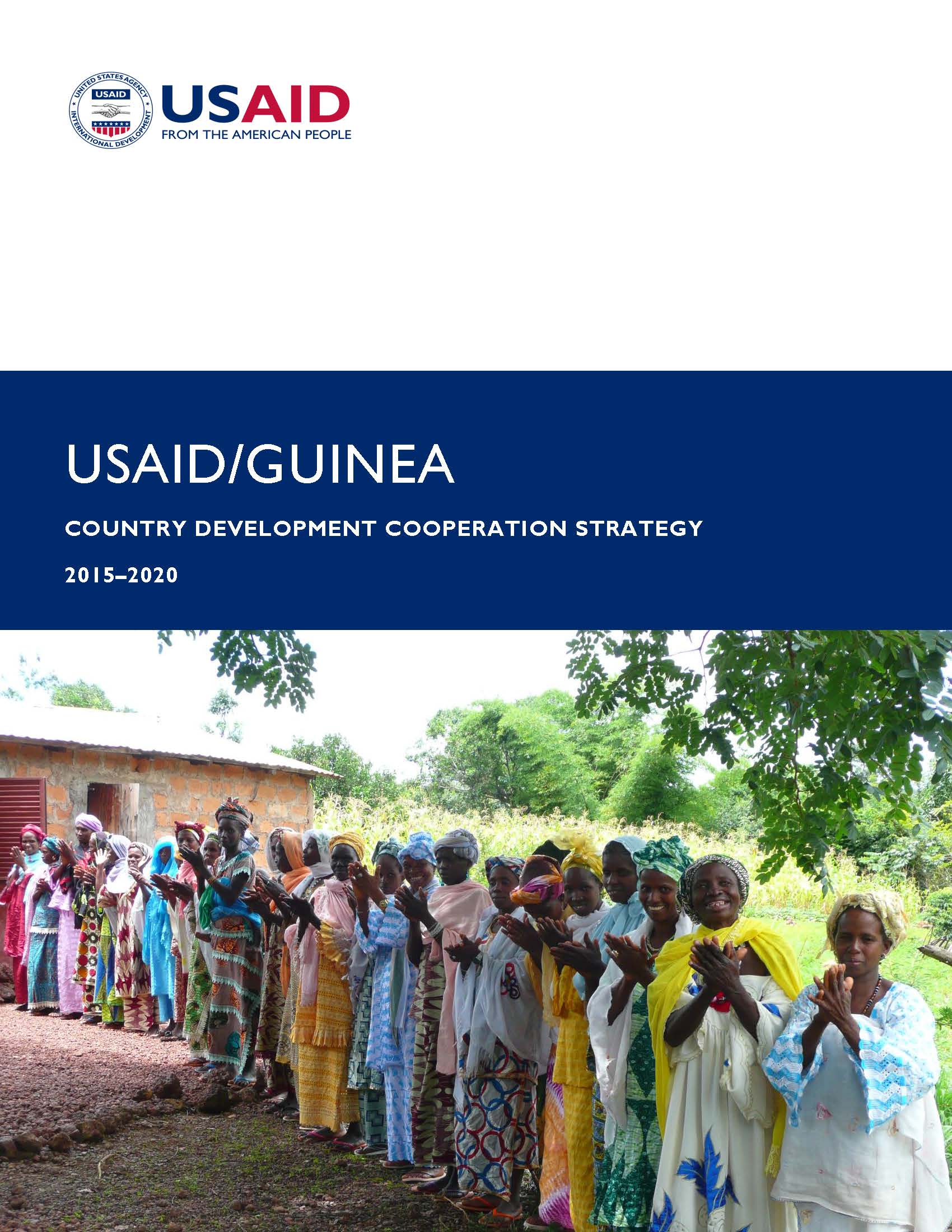Speeches Shim
The key transition required is not only that of dictators to democrats, but also from individual rule to institutional rule.
Guinea has been governed by authoritative officials since achieving independence from France in 1958; the first three presidents were dictators who ruled through a combination of co-option and coercion. Today’s head of state, Alpha Condé, became Guinea’s first democratically-elected president in 2010, beginning a democratic transition that the United States continues to support, but which still lacks the institutional basis for sustainability. The key transition required is not only that of dictators to democrats, but also from individual rule to institutional rule. There is a legacy of misrule by unaccountable individuals acting without institutional oversight. There is also a legacy of catastrophic policy choices that have impoverished Guinea, a country with a strong commercial tradition and a rich endowment of agricultural, water and mineral resources. The U.S. Government’s over-arching strategic goals are to help Guinea build the architecture of democracy and to help it to make sound policy choices that support broad-based Guinean prosperity.
The Guinean state with the presidency at the center and a monopoly on all political power, has survived into the democratic era. With its French-influenced model of executive power, Guinea’s legislative branch is structurally weak under the constitution; this weakness is further exacerbated by a failure to rapidly develop the National Assembly’s institutional capacity. The judiciary has never had the capacity to play its constitutional role and remains the least developed branch of Guinea’s government. In addition to concentration of power in the presidency, authority is also centralized in the capital, Conakry. The Ministry of Territorial Administration, acting under the president of Guinea, has appointed all local officials. However, this would change in the anticipated local elections in 2015, when local officials will be elected to office by their constituents.
The population of Guinea is currently estimated at 10.6 million. The agricultural sector is the primary source of revenue for the majority of the country’s citizens, providing on- and off-farm employment to 80 percent of the population. A combination of isolationist policies and negligible public resource allocations to the agriculture sector has left the country largely dependent on subsistence cultivation, lagging well behind its neighbors in developing a modern, market-based agricultural economy.
With a 2.6 percent annual population growth rate, Guinea’s demographic profile reflects a large and growing “youth bulge” like many countries in the sub-region and the continent more generally. According to the 2013 Population Reference Bureau report, 40 percent of the population in less developed countries is under the age of fifteen and is financially dependent on the support from working-age adults (ages 15 to 64). Large numbers of young people represent great economic potential, but only if families and the government adequately invests in their health and education systems and stimulates new economic opportunities for them. However, with a high total fertility rate of 5.1 percent, families and the Guinean state will not have the resources needed to invest adequately in each child without strong, consistent economic growth.
Read the full report [pdf]



Comment
Make a general inquiry or suggest an improvement.